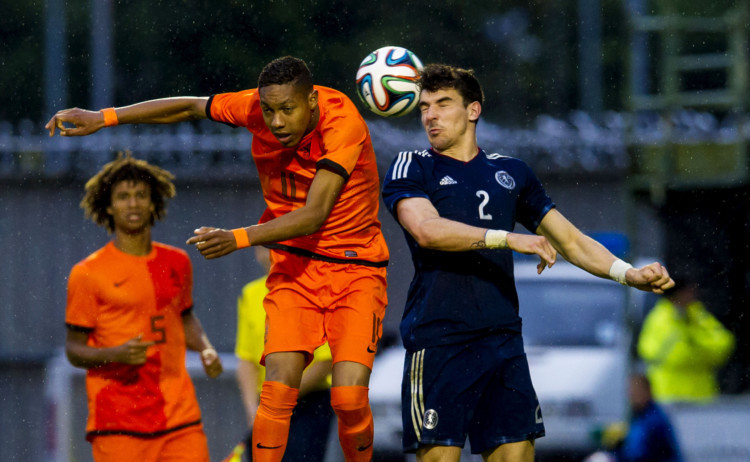
In football, as in life, it’s important to keep things in perspective.
The Scotland Under-21 side’s 6-1 defeat by Holland on Wednesday night was an extremely disappointing result.
It effectively ended the country’s hopes of qualifying for the European Championships with two games of the campaign still remaining.
And, coming within 12 months of a similarly heavy 6-0 loss to England, led to manager Billy Stark having to face some pointed questions about his future at full-time.
Mark Wotte, the Dutch-born SFA’s performance director, was admirably honest when admitting the truth that this is not the best crop of young players.
The group was not a success at Under-17 level or Under-19 level so why should they be expected to pull up any trees as Under-21s? Commonsense would tell you that wasn’t going to happen.
Analysis of the campaign to date would reinforce it. A settled team is always an indicator a coach is happy with the way things are going. Billy has chopped and changed.
Likewise the high number of players promoted up from the younger age level sides shows the quality is not there, at least not in any depth.
I say not in any depth, as it is not entirely barren. Andrew Robertson is so good he plays for the senior side as a 20-year-old.
Stevie May isn’t quite at that point yet but he is nevertheless a very gifted young footballer who was a stand out in the Scottish Premiership for St Johnstone this season.
Incidentally, the fact both players have emerged as the best of their age group so late in their development should offer encouragement for all kids frustrated at a seeming lack of progress.
In general terms, though, this is not a strong group. That is okay, these things go in cycles.
What I think would be wrong is to start imagining there is a serious problem with our youth development.
I have noticed some people suggesting as much when linking the defeat to Scotland’s Under-17s 6-0 loss to Holland last month. To do so is unfair.
First off, the latter took place in the semi-final of a major tournament. To get to the last four, we beat both Germany and Switzerland two very creditable results.
In fact just as the 21s look a weak group so the 17s look highly promising. For two of the players: Craig Wighton and Greg Kiltie, to already be playing first-team football for Dundee and Kilmarnock respectively bodes very well.
As can happen at the level, they simply found a couple of the Dutch players too much to cope with. When that happens with kids, the scoreline can get ugly.
I do genuinely believe both that the performance strategy is working and that we will reap the benefit of it in the next few years.

Enjoy the convenience of having The Sunday Post delivered as a digital ePaper straight to your smartphone, tablet or computer.
Subscribe for only £5.49 a month and enjoy all the benefits of the printed paper as a digital replica.
Subscribe